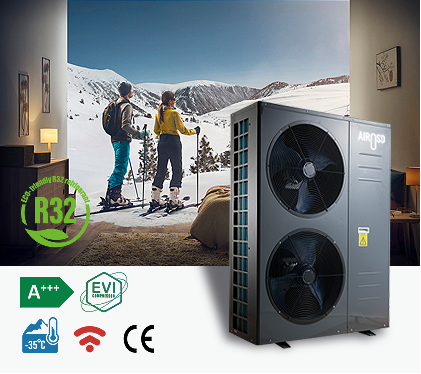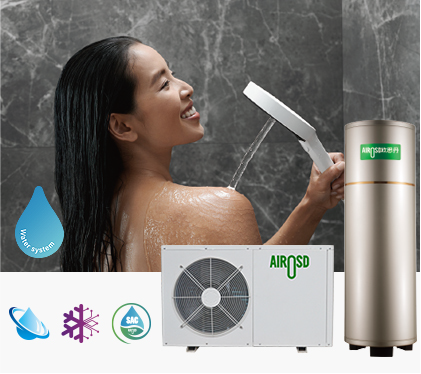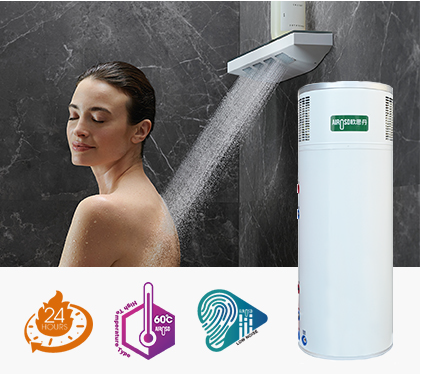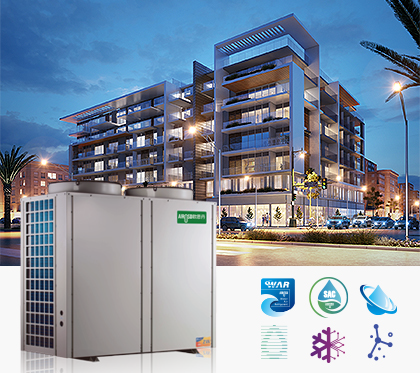Heat pumps play an important role in heating, ventilation, and air conditioning (HVAC) systems. They function by transporting heat from one location to another, providing both cooling and heating. However, you may need to do maintenance or repairs on your heat pump at times, and one critical step you may encounter is "pumping down" the heat pump. Pumping down a heat pump involves removing the refrigerant from the system for maintenance, repair, or relocation purposes. This guide will walk you through the process step by step.
Tips To Pump Down The Heat Pumps
Here are some steps to pump down the heat pumps:
Safety First
Before you even begin the process of pumping down a heat pump, it's paramount to ensure your safety and the safety of those around you. Follow these safety precautions:
Disconnect Power: Ascertain that the heat pump has been entirely unplugged from its power supply. This avoids inadvertent system starting while you're working on it.
Wear Protective Gear: Put on safety goggles, gloves, and any other necessary personal protective equipment (PPE) to shield yourself from potential refrigerant leaks or splashes.
Work in a Well-Ventilated Area: Performing this procedure in a well-ventilated area helps to prevent the accumulation of potentially hazardous refrigerant vapors.

Identify The Refrigerant Type
Different heat pumps use different types of refrigerants, each with specific properties and handling requirements. Knowing the kind of refrigerant is critical for safe handling and suitable recovery processes. To establish the refrigerant type, see the heat pump's paperwork or label.
Recover Refrigerant
Using a refrigerant recovery unit is critical to ensure the safe removal of refrigerant from the system. Follow these steps:
Connect the Hoses: Attach the hoses from the recovery unit to the service ports on the heat pump. Service ports are specifically designed access points for maintenance tasks like this.
Secure the Connections: Ensure the connections are securely fastened to prevent any leaks during the recovery process.
Open Valves: Open the valves on the recovery unit to allow the unit to draw out the refrigerant from the heat pump's system.
Monitor Pressure
As the refrigerant is being recovered, monitor the pressure gauges on the recovery unit. The pressure will initially be rather high, but it will progressively decrease as the refrigerant is drawn out of the system.

Wholesale Heat Pump Domestic Hot Water Heater
Disconnect Refrigerant Lines
Once the pressure on the gauges stabilizes at a low level, it indicates that most of the refrigerant has been removed. At this stage, you can disconnect the refrigerant lines using the required tools. This step permits any residual refrigerant in the system to escape.
Store Refrigerant
Direct the recovered refrigerant into a refrigerant recovery tank. Ensure that the tank is properly sealed to prevent any leakage of the recovered refrigerant. Following suitable criteria for refrigerant storage and disposal is critical for environmental and safety reasons.
Complete The Maintenance
With the refrigerant removed from the system, you can now perform the necessary maintenance or repairs on the heat pump. Follow the manufacturer's suggested techniques and best practices for changing components, repairing leaks, or performing periodic maintenance.

China Sanitary Hot Water Heater Heat Pump Supplier
Recharge The System
After completing the maintenance or repairs, it's time to recharge the heat pump with the appropriate amount of refrigerant. This stage necessitates accuracy and careful consideration of criteria such as refrigerant type, manufacturer specifications, and heat pump design.
Check For Leaks
Before fully restarting the heat pump, it's essential to conduct a thorough leak check. Use a refrigerant leak detector to inspect all connections and components for any signs of leakage. Identifying and repairing leaks now will avoid future problems and guarantee the system's efficiency.
Conclusion
Pumping down a heat pump involves a series of meticulous steps that require attention to detail, safety precautions, and adherence to manufacturer guidelines. Besides, if you are looking a new heat pump for your house or business, AIROSD is your good choice. Contact us for more product details without hesitation today!



